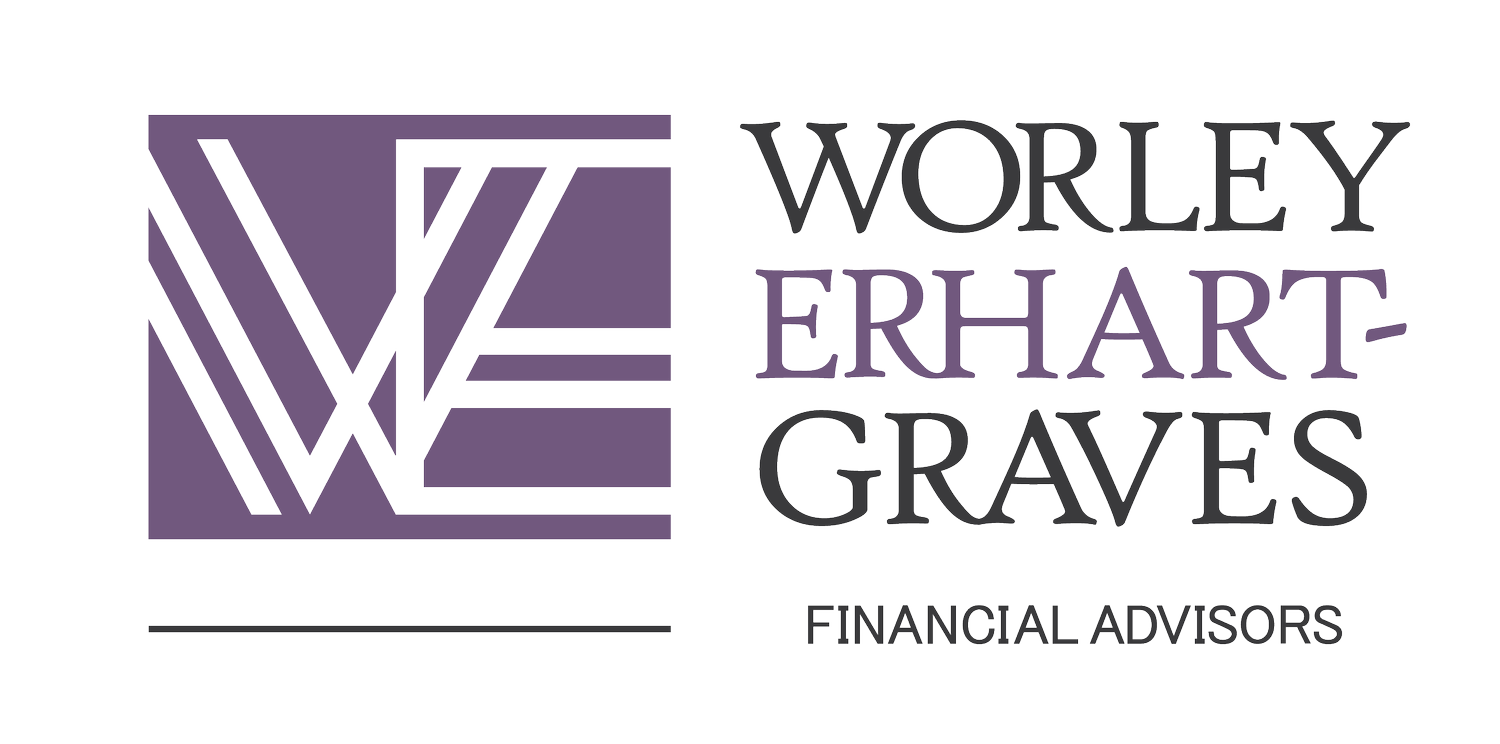Combating the Bag Lady Syndrome - Part 5
/Continuing our talk on taxes and combating the Bag Lady Syndrome, the fear of losing everything and being left with no financial means, this blog explains page 2 of Form 1040, U.S. Individual Income Tax Return. If you haven’t already, grab your most recent return or get a blank 1040 here, and let’s get started learning about where some of the numbers come from and what they mean:
Line 12, Tax – You calculate your tax using the taxable income number on line 11. Since it’s 2019 tax time, following is the 2019 federal tax table for those filing single and married filing jointly as a reference:
Therefore, as an example, if you are filing single and your taxable income on line 11 is $62,120, you are in the middle of the 22% tax bracket, and here’s how your federal tax is calculated:
Lines 13 – 15, Child tax credit or credit for other dependents, Other taxes, including self-employment tax – This is where you get credit for eligible dependents or paying self-employment tax, if either of these apply to your situation.
Line 16, Total tax – This is your final federal tax bill. This is how much tax you owe for the tax year.
Lines 17 – 18, Federal income tax withheld, Other payments and refundable credits – Virtually everyone has federal taxes withheld from wages, and most retirees have federal taxes withheld from retirement income, as well. This is where you report the amount of taxes you had withheld, plus any quarterly estimated tax payments you made during the year. There are also a few credits available for those that qualify.
Line 19, Total payments – This is the total of all the payments and credits for the tax year.
Lines 20 – 22, Refunds – If your payments are more than your total tax bill, you overpaid and get a refund. Sometime, those who have to make quarterly estimated payments will apply some or all of their refund to their estimated payments for the current year.
Line 23 – 24, Amount you owe – If your tax bill was more than your payments, this is the amount you still need to pay. In addition, there may be times when you have a penalty for not having enough taxes withheld from your income throughout the year.
Taking time to learn about your tax return can help you make better decisions each year. In addition, the more you know, the more power you have over the bag lady fear.
- Juli Erhart-Graves, CFP®, Worley Erhart-Graves Financial Advisors








